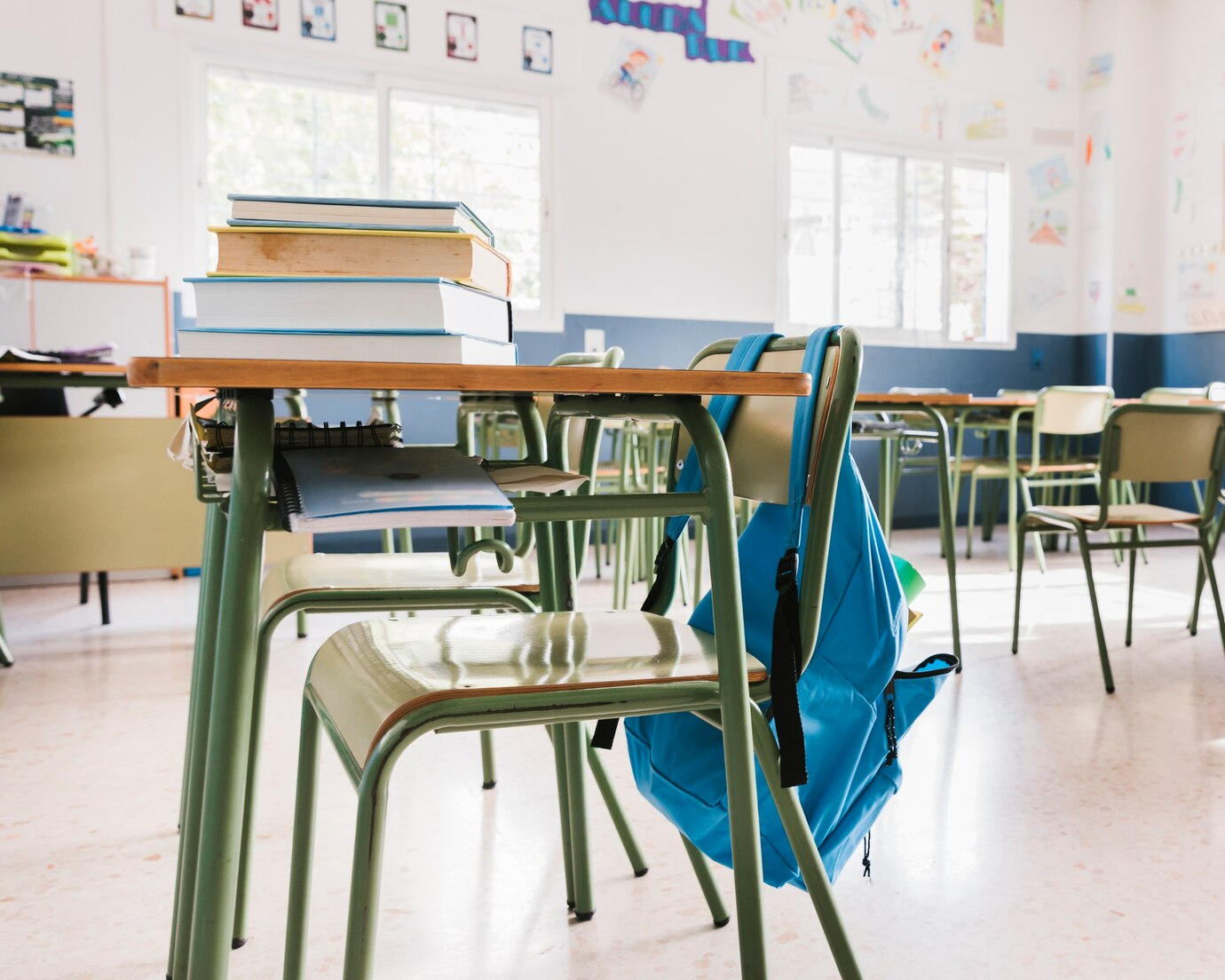
Classroom Acoustics 101
Classroom acoustics have a significant role in the learning environment, one that can impact both the experience of students and teachers.
Good acoustics ensure that speech is clear, reduce distractions, and enhance comprehension, while poor acoustics create a noisy, disruptive atmosphere that hinders effective communication and learning.
Let’s take a closer look at how sound impacts the learning environment and explore the solutions that improve sound quality.
Key Concepts in Classroom Acoustics
However, before we start, we need to understand a few key concepts that impact classroom sound acoustics, such as:
Background Noise
Background noise refers to any unwanted ambient sounds that interfere with the primary audio signal, which makes it for students to hear clearly. In a classroom, this typically includes HVAC systems, traffic noise, and sounds from adjacent classrooms.
Reverberation
This is when sound waves reflect off surfaces such as walls and ceilings and cause echoes that distort speech clarity.
Sound Absorption vs. Sound Isolation
Sound absorption involves reducing echoes and reverberation within a space to enhance sound quality. Sound isolation, on the other hand, focuses on preventing sound from transmitting from one space to the next, whether on the exterior of the building (environmental noise), or the interior of a building transmitting through floors, ceiling, walls or all of the above.
The Importance of Good Classroom Acoustics
Now that we understand these terms, we start talking about classroom acoustics—or the importance of having good classroom acoustics:
How Acoustics Affect Learning
Poor acoustics can make it difficult for students to follow instructions and participate in lessons. This issue is particularly detrimental to students with hearing impairments, learning disabilities, or those learning in a non-native language.
In fact, several studies have shown a correlation between good acoustics and improved student outcomes.
Strategies to Improve Classroom Acoustics

Want to learn how to improve classroom acoustics? Here are 6 effective strategies to make your classroom better:
1. Wall and Ceiling Panels
Installing acoustic panels on walls and ceilings can significantly reduce echoes and improve sound clarity.
Metal Form Manufacturing offers a range of high-quality acoustic panels that are perfect for this purpose, and Acoustical Panels and Absorption Panels are designed to absorb sound efficiently to make classrooms quieter and more conducive to learning.
2. Soft Furnishings
Adding carpets, rugs, and curtains in your classroom can also help dampen noise levels. These soft materials absorb sound and reduce background noise and reverberation.
3. Sealing Windows and Doors
Another simple strategy is sealing and adding extra layers of glass to block noise.
However, if your classroom is near a loud generator, you might want to ask your principal about using Metal Form Manufacturer's generator enclosures and sound attenuators.
4. Barriers and Sound Isolation Materials
Installing barriers in walls and ceilings can also effectively block sound transmission. These materials are essential for isolating classrooms from external noise sources.
5. Furniture Arrangement
Arranging furniture properly is another way you can minimize noise reflection and enhance acoustic conditions. Try positioning desks and tables away from walls and using sound-absorptive partitions that reduce sound reflections.
6. Decorative Elements
A personal favorite among many teachers is using soft materials into classroom decorations, such as bulletin boards, as classroom acoustic design ideas.
These not only improve the acoustics within a classroom but also enhance the classroom's aesthetic appeal.
Acoustic Requirements Under IDEA
The Individuals with Disabilities Education Act (IDEA) requires public schools to provide free and appropriate public education (FAPE) to all students with disabilities.
It requires that all schools and classrooms create learning environments where students can effectively communicate and learn. Therefore, ensuring good classroom acoustics is a key component of fulfilling IDEA requirements.
Meeting ADA Standards with Good Acoustics
The Americans with Disabilities Act (ADA) prohibits discrimination against individuals with disabilities in all areas of public life, including education.
Whether it be implementing sound isolation measures or using sound-absorptive materials, under the ADA, schools must provide accommodations that ensure students with disabilities have equal access to educational opportunities.
By improving classroom acoustics, schools can ensure that they are meeting these requirements.
Section 504 Compliance with Acoustic Improvement
Section 504 of the Rehabilitation Act of 1973 ensures that students with disabilities receive equal access to education and are not excluded from participating in school programs and activities.
This includes improving classroom acoustics so that they meet necessary accommodations.
Optimize Classroom Acoustics with Metal Form Manufacturing

At Metal Form Manufacturing, our products are designed to improve sound quality and promote a quieter, more focused classroom.
If you’re interested in learning more about how we can help improve your classroom acoustics, contact us today!
